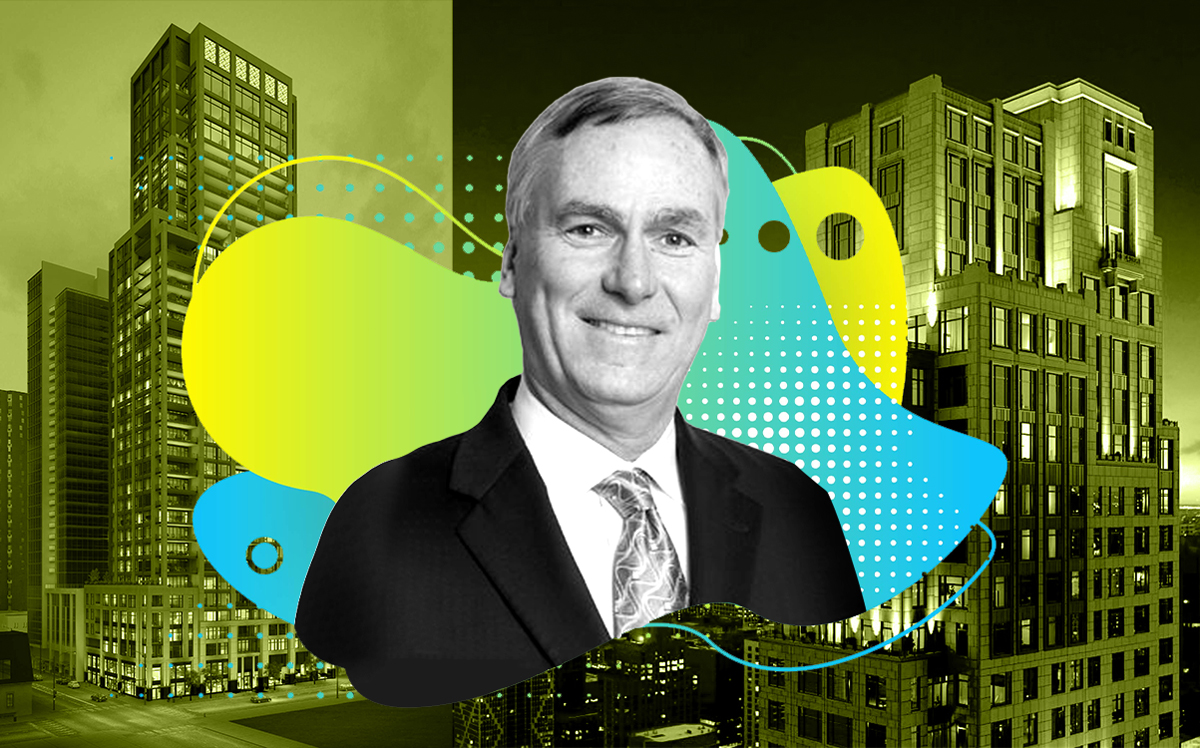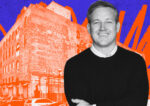Trending
Lendlease’s head of Chicago development talks urban regen, building a community within a complex & more
Ted Weldon oversees projects for the construction company that is among the most active firms in the city

Ted Weldon has a lot to say about urban regeneration. That’s not surprising.
Lendlease’s head of Chicago development since September, part of Weldon’s portfolio for the construction giant includes overseeing three major residential developments on what had been previously underused, distressed or blighted land.
The $1.2 billion Southbank will eventually deliver as many as 2,700 units along the South Branch of the Chicago River; the under-construction Venn will be a 586-unit complex in the West Loop; and in Lakeshore East, a pair of 40-story towers are being developed.
The construction comes as Chicago has seen an influx of residents moving Downtown, Weldon said.
Since ramping up its Chicago development in 2014, Australia-based Lendlease is now among the most active firms. The company ranked fourth on The Real Deal’s recent ranking of the city’s top construction companies, with nearly 900,000 square feet of projects over the last year.
Weldon joined the company in 2015, rising through the ranks before taking over for Thomas Weeks as executive general manager of development for Chicago.
In an interview with The Real Deal, Weldon talked about creating a community within a residential complex, adjusting development plans in response to community feedback, walking the tightrope of permits and approvals and more.
The interview has been edited for length and clarity.
Can you explain the urban regeneration component of Lendlease’s philosophy?
I think we are in an era where we’re really seeing migration of population to the larger cities. You can see that especially in the migration to downtown Chicago, so we think this is an opportunity for us to take whether it’s brownfield sites like Southbank or Lakeshore East. [There] we have the last parcel in an urban regeneration site to really just change the skyline and create really fantastic buildings. [But also] it’s about enhancing neighborhoods’ health and wellness and engaging the local community to work together to create a sense of community where there might not have been one before. What I like is that we’re really about making a positive change to a neighborhood.
Do all three of Lendlease’s current Chicago projects fall into the urban regeneration category?
Yeah, I would definitely say so, in slightly different ways. I think the one that would be the most pure urban regen would be the Southbank project on the site of the old Grand Central Station, which was torn down in 1971.
We have the ability to really create a new neighborhood on a vacant site in the central business district along the river. We really tried to activate the river along our seven acres with the new riverwalk and the 2-acre park that we just opened up this July. And then we get to build a community of buildings and retail, and really activate the space and activate the neighborhood.
What about Cascade and Cirrus projects?
[They] are on the last four acres of the greater Lakeshore East development. We’re doing this project with Magellan, who was the original developer of the entire 50-acre Lakeshore East site. We’ve created a three-building development with a significant amount of open space, which actually creates connectivity to the lakefront. That’s something that I think is very important here because the site used to have an alley running to the lake that was used by about 4,000 people every day during the summertime. What we’re doing is completely activating that space. We’re going to have some retail and a bike path that will get you out to the trails from the Lakeshore East neighborhood.
The buildings themselves have shared amenities and promote health and wellness and a sense of community within the development, and outside of the development since Lake Michigan is at the doorstep.
And Venn development?
Venn is another unique development because it is a full 2-acre site that was a former industrial site and it kind of fills a hole that was in the West Loop and really creates this wonderful development that opens up to Mary Bartelme Park to the southwest. We’ve really created a lot of open space on this 2-acre site and promoted the ability to create something very special next to the park and also create a community within a community.
As a developer handling a project that could alter a skyline, especially one as iconic as Chicago’s, do you feel a lot of pressure?
I wouldn’t say it’s pressure. I feel it’s a responsibility. As a responsible developer doing a large scale development, you know that is going to impact the skyline. For example, with the Lakeshore East site, which is the corner of the lake and the river, any time you’re getting a shot of the city from the lake, you’re going to see the Cascade and Cirrus buildings. To me, that’s actually an exciting opportunity and one in which we need to be very respectful of the skyline and make sure that what we build is going to be worthy of the location where we build it.
Has Lendlease hit any snags with residents or officials?
We really have not. The development process that we go through is a rigorous process with community meetings. We are very confident that our developments will be well received by the greater community. They have been well received by most of the people in the community. As with any development, not everyone is going to agree with what you’re doing, but what we try to do is spend a lot of time working with the community. Throughout the development and entitlement process, we have many, many meetings with stakeholders in the community, including community groups. Obviously, we work closely with the aldermen, and we will also talk to all of the local residents in the nearby condominium and apartment buildings to try to understand what concerns they might have, and we do our best to address those concerns.
What kind of adjustments have you made based on feedback you’ve received?
We’ve done things like changing our setback from other buildings. We have actually changed the orientation of some of our buildings based on community feedback. We did that over at 845 West Madison, which is now The Venn, so we actually lowered the height of the building along Monroe street with respect to some concerns the community had in terms of blocking light. What we ended up with is a building that creates a lot of open space within the site and we oriented the building so that it would also not create a hard edge along Mary Bartelme Park.




